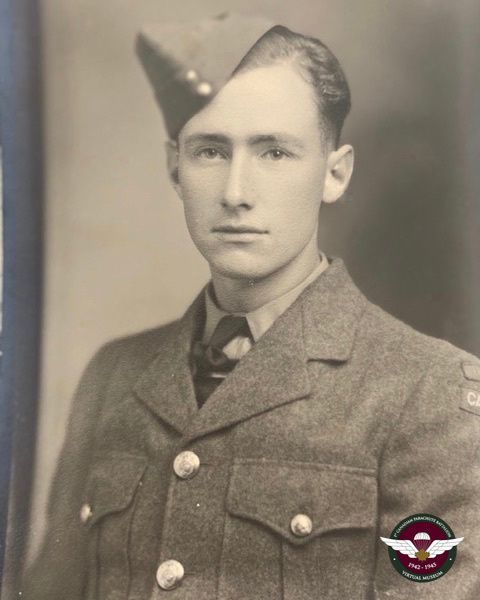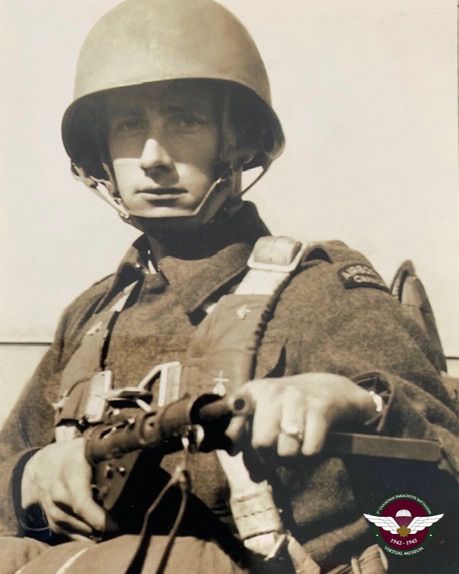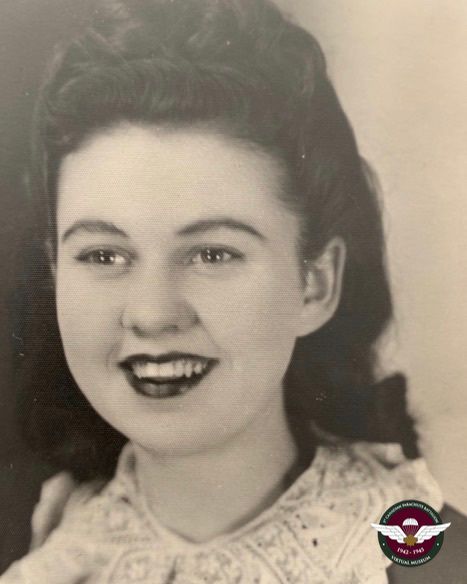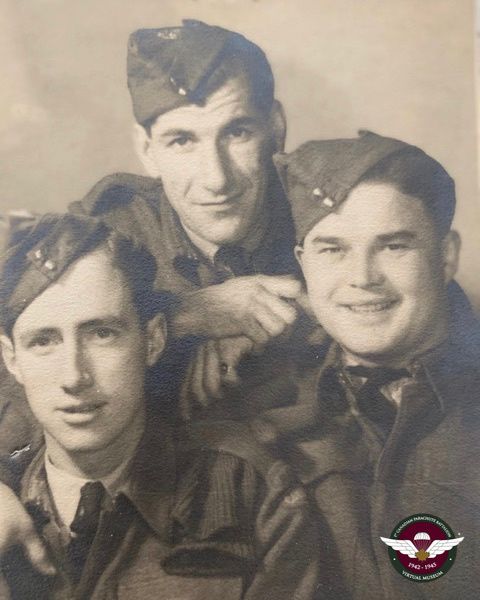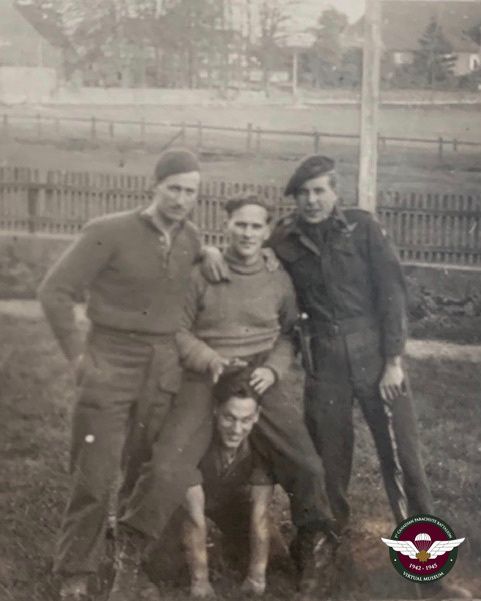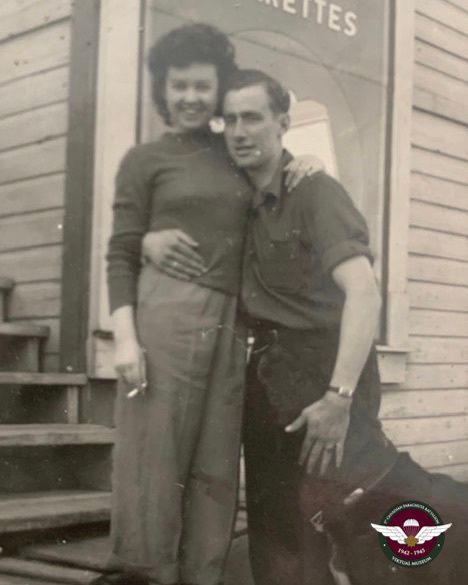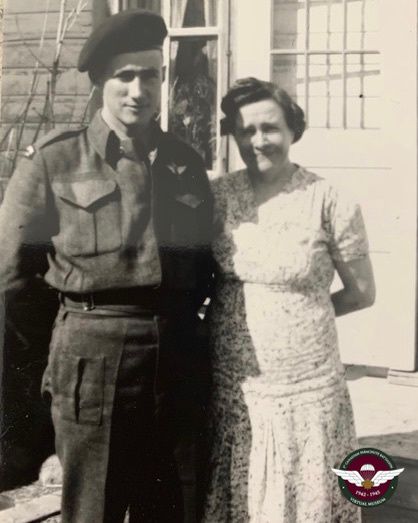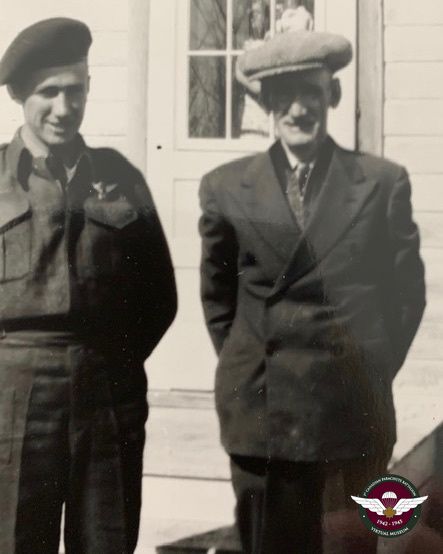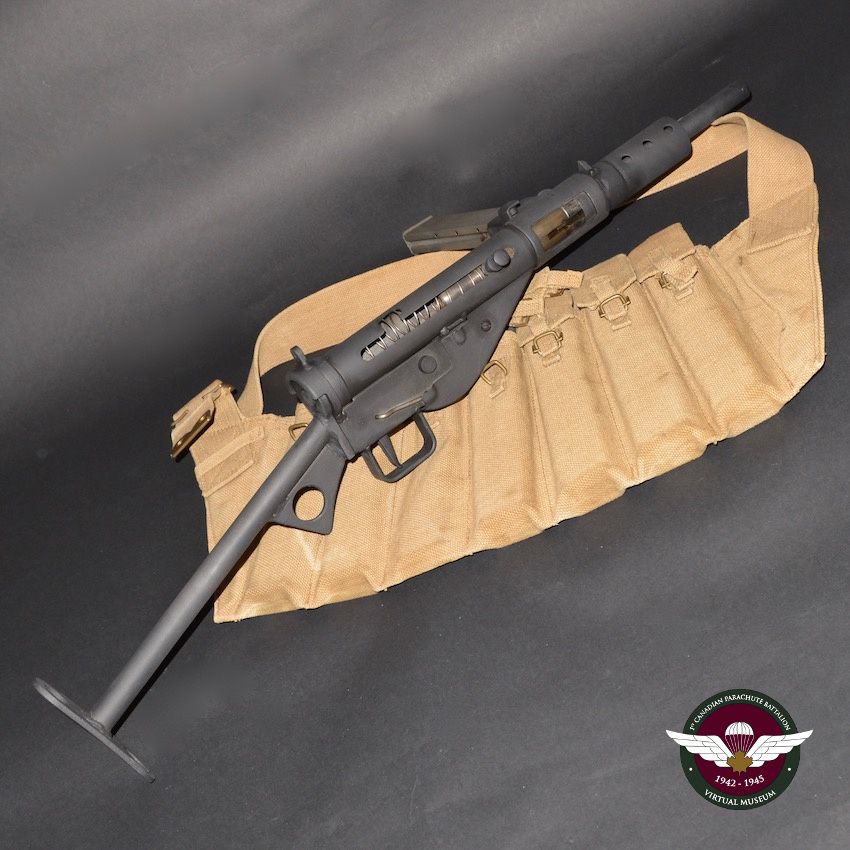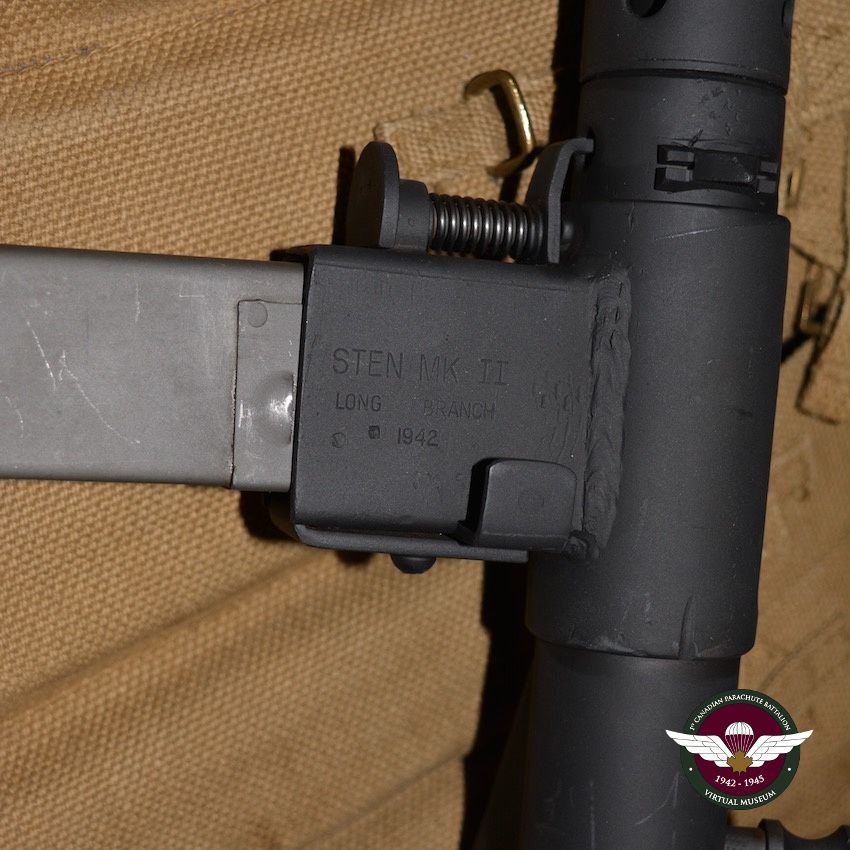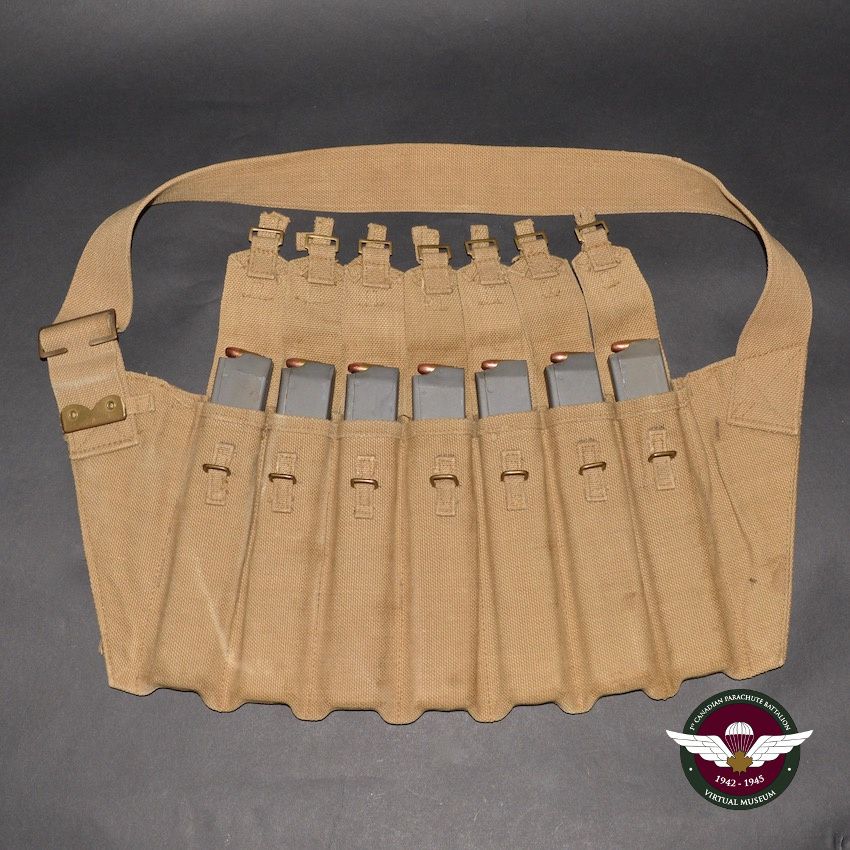Private Wilfred William Watt
Private Wilfred Watt was born in the township of Oakner, Manitoba on November 20, 1920. He was the fifth of six children (2 boys and 4 girls) of William and Charlotte (Turney) Watt. He grew up attending Oakner’s three-room - 4 grades per room school playing traditional prairie sports like hockey and baseball and working on the farm from an early age. When Wilfred left school, he picked up odd jobs; even riding the rails to Alberta to work on threshing gangs.
In the fall of 1941 Wilfred followed his older brother Gordon’s path to the small northern Manitoba mining town of Flin Flon. Like Gordon, Wilfred was hired on by Hudson Bay Mining and Smelting Company and worked his first shift on his 21st birthday in 1941. Around Christmas of that year, Wilfred met a young attractive French-Canadian Flin Flon girl, Reine Floch, who was on holidays from boarding school in Ste. Rose Manitoba. After ringing in the New Year of 1942 she went back to school and Wilfred continued enjoying his first full-time job.
On April 9 1942, Wilfred enlisted in the army in Portage La Prairie Manitoba. After 15 days of physical training, he was assigned to the Royal Canadian Engineers on April 24, 1942 and reported to their training facility in Chilliwack BC on June 11, 1942. Wilfred also trained in Suffield Alberta from February 4 until December 8, 1943, and then went back to Chilliwack. During this time, he volunteered for 1st Canadian Parachute Battalion and was accepted, reporting to Camp Shilo Manitoba on January 26, 1944. His years working on the family farm and great work ethic held him in good stead when it came time to tackle the tough, demanding training of the paratrooper. On March 4, 1944 he earned his parachute wings and deployed to England on July 17, 1944, arriving in Bulford England July 28, 1944. The 1st Canadian Parachute Battalion was stationed in Bulford and also trained in Ringway, learning the British manner of parachute training. Canada had loaned out 1st Canadian Parachute Battalion to the 6th British Airborne, 3rd Parachute Brigade under Brigadier James Hill. Wilfred would comment that Brigadier Hill was an incredible leader, saying he was “something else”.
Wilfred was still training and did not participate on D-Day although the 1st Canadian Parachute Battalion was among the first men to set foot on French soil. When the Battalion returned to England after the Normandy campaign on August 26, 1944, only one third returned. Wilfred was one of the replacements in B Company that brought the Battalion up to their full strength of 600 men. On Christmas Eve of 1944, the Battalion crossed the English Channel to Belgium to reinforce the Americans who had been surprised and overwhelmed in the Ardennes forest. Since the weather was too bad to jump, they were trucked to the front lines and dug in and endured 2 months of hell and bitterly cold winter conditions. This later became known as the Battle of the Bulge. Eventually, the allies pushed the Germans back. On February 26, 1945, the 1st Canadian Parachute Battalion returned to Bulford to prepare for Operation Varsity. This involved very intense hand to hand combat training. March 24, 1945, was Operation Varsity (the crossing of the Rhine River into Germany). This was a daring day time drop. The 1st Canadian Parachute Battalion along with the 6th British Airborne and the 17th American Airborne launched the largest paratroop drop in history. Its success pretty much allowed the allies to push the German army right back into Berlin.
A few days later the British 6th Airborne, including 1st Canadian Parachute Battalion began their dash through Germany taking over many small towns. On route, they encountered the concentration camp at Bergen Belson and Wilfred and many others were shocked by what they had seen and wondered about what had really happened there. Soon after they had their last major battle crossing the Elbe River. At this point, the 1st Canadian Parachute Battalion had travelled further northeast into Germany than any other allies and were now ordered by Winston Churchill through Field Marshall Montgomery to beat the Russian allies to Wismar (a strategic seaport city). As they approached Wismar, the German soldiers and civilians were swarming to surrender to the allies as they were terrified of the Russians. On May 2, 1945, with the Battalion and B Company in the lead, they entered Wismar around noon setting up roadblocks to stop the Russian advance only 2 hours later. There were some heated exchanges as the Russians were under orders to continue on west through Wismar into Denmark. Lt. Colonel Fraser Eadie stood up to the Russian commanders and told them they were going no further. Cooler heads prevailed and both sides decided to sit out until the much-anticipated end to the war. Six days later on May 8, 1945, Germany unconditionally surrendered and VE Day was declared.
Wilfred and other soldiers celebrated with a swim in the Baltic Sea. A few days later the 1st Canadian Parachute Battalion returned to Bulford. While all his men were on leave, Lt. Colonel Fraser Eadie worked tirelessly to help his Battalion repatriate quickly. He learned that the Canadian government wanted a full unit that had faced a lot of action to repatriate first. The 1st Canadian Parachute Battalion certainly fit this ideal. The Battalion with men from every province were told that there was a ship waiting with room for them in Gourock Scotland if they could be there in 2 days. Being a very mobile unit, the Battalion was able to get there and on May 31, 1945, they sailed for home on the Isle de France.
The ship arrived in Halifax on June 21, 1945, to a glorious homecoming. Although outwardly proud of their accomplishments, the soldiers’ spirits were dampened by the accidental death of a comrade killed by the friendly fire of a gun cleaner on the ship. After yet another celebration in Toronto, the troupe trains finally headed west to Vancouver. As the trains rolled west the men were both exhilarated and saddened. They all remembered their friends who were not coming home (To all of them the real heroes). They also had their thoughts of saying their goodbyes to their ‘brothers’ with whom they shared the highest of highs and lowest of lows. Thankfully there was also the excitement of having made it home and celebrating with their family and friends. Soldiers were getting off at many small stations across Canada. Wilfred got off in Brandon MB, met by his proud parents. He then spent some time around Oakner with family and friends then he was off to Flin Flon again to get reacquainted with Reine and his job at Hudson’s Bay Mining & Smelting Company.
Wilfred and Reine were married on October 20, 1945. They proceeded to love and raise a family of 5 children (3 boys and 2 girls). Wilf worked at Hudson’s Bay as an assayer in the research lab. After the war, Wilf’s sports changed to curling and golf and he also became an avid fisherman. Wilfred retired in the spring of 1983. After retiring Wilf and Reine spent many winters in Tuscon Arizona, returning to Flin Flon each spring. Wilfred passed away, surrounded by his loving family, on April 12, 2003. Wilfred proudly served his country and loved his family. A good life well lived for a fine decent honourable man.
Information and artifacts courtesy of Reine Watt, Terry Watt and Deb Woloshyn.
Sten MkII
Wilfred would have carried a Sten submachine gun during the D-day landings, similar to this one shown below. The Sten can be found in several models, the one pictured here is a Sten MKII, produced for the ground troops. It was an inexpensive firearm to produce, costing less than $10.00 per unit. It chambered a 9mm cartridge with a firing rate 550 rounds per minute and an effective range of 100 yards. Also shown is a magazine pouch or bandolier that allowed a soldier to carry an additional 30 round magazines.
